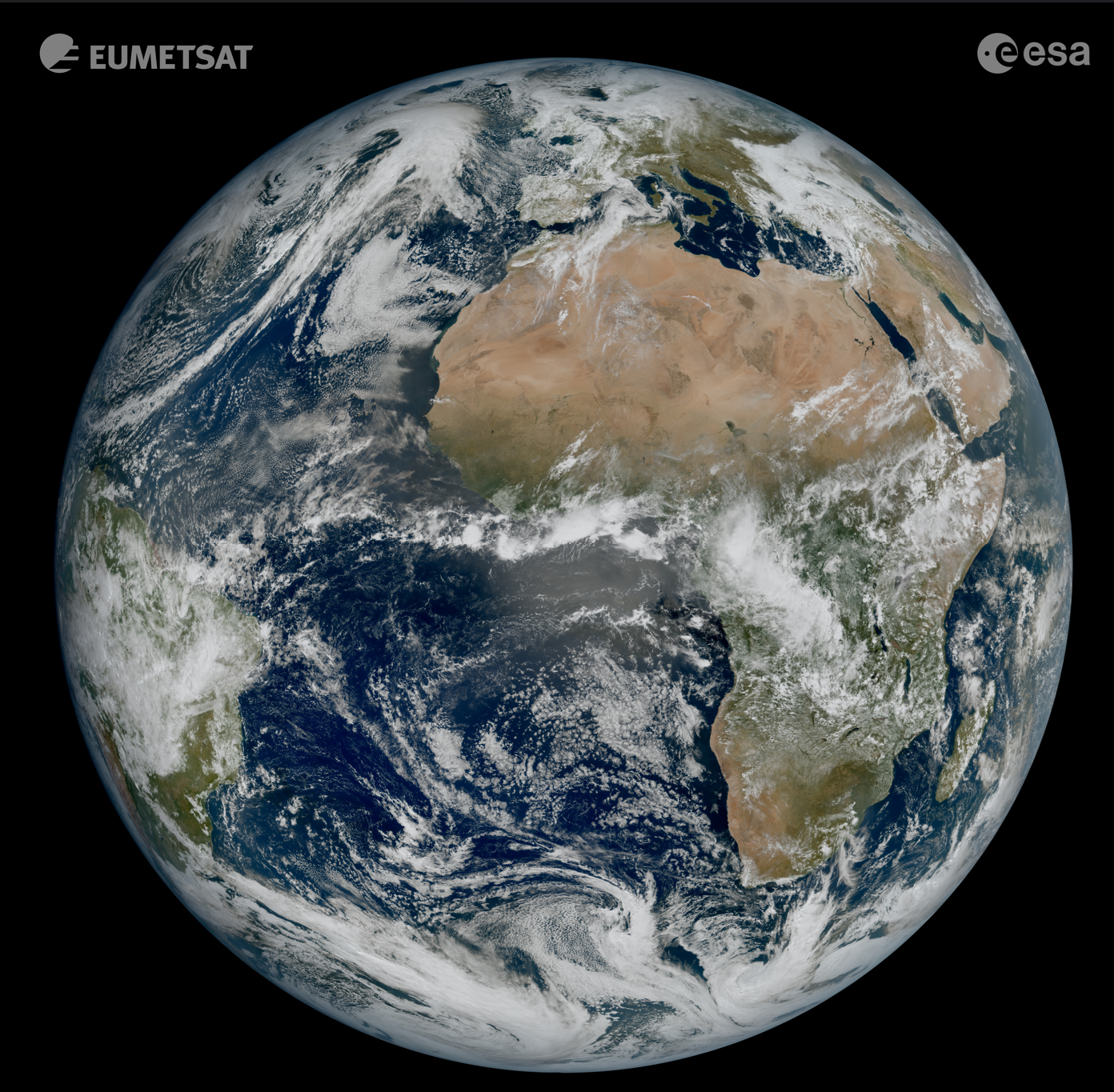Speaker
Description
There is a significant lack of knowledge about the impact of the ever-increasing number of satellites that are supposed to demise during re-entry to the upper atmosphere. Although the upper atmosphere faces more than 10 kilo tons of interplanetary dust every year, the main contributor from satellites being aluminum is only a minor constituent of micrometeoroids [1]. The impact of this new trace element to the atmospheric behavior is hardly investigated so far.
Current theories assume that molten or evaporated aluminum presumably oxidizes immediately due to the high abundance of reactive atomic oxygen in the upper atmosphere. Either the reaction leads to gaseous aluminum monoxide (AlO) or solid aluminum oxide (Al2O3) particles are formed. At approximately 70 km we detected spectral signatures of AlO during the re-entry airborne observation campaign of the CYGNUS-OA6 re-entry in 2016 [2]. The formation of solid aluminum oxide (Al2O3) particles is discussed in literature [3] [4] [5]. In our group, we are trying to experimentally evaporate aluminum and detect the paths toward Al2O3 particles by suitable diagnostic means.
In the plasma wind tunnels at the Institute of Space Systems (IRS), University of Stuttgart, these experimental simulations are performed. In a series of experiments the evaporation of aluminum was observed using different experimental setups. In a very first setup, solid aluminum was injected, the result of which is that only larger molten droplets are released from the solid. A second setup consisted in injecting aluminum powder directly into the free jet using a powder feeder. The powder could be observed, but a meaningful diagnostic method was not possible. By using an additional baffle plate further downstream allowed the probably molten aluminum particles to attach to the plate and react further with free flying aluminum in the hot air plasma. This resulted in spectral signatures similar to what was seen in the airborne observation campaign. In a further setup, a sample of aluminum powder cured in epoxy resin was placed in the plasma flow, which again ablated, leading to the evaporation of the aluminum powder. In this setting, the formation of AlO was observed by acquiring spectra of known AlO bands were acquired.
In this presentation, we will provide further insight into the just started experimental work aiming at developing an experimental setup to study the processes which occur after the satellite’s demise. These processes are of utmost importance to develop an understanding of the environmental impact of the ever increasing number of re-entering satellites.
Bibliography
[1] L. Schulz und K.-H. Glassmeier, „On the anthropogenic and natural injection of matter into Earth's atmosphere,“ Advances in Space Research, pp. 1002 - 1025, 2021.
[2] S. Loehle, M. Eberhart, F. Zander, A. Meindl, R. Rudawska, D. Koschny, J. Zender, R. Dantowitz und P. Jenniskens, „Extension of the Plasma Radiation Database PARADE for the Analysis of Meteor Spectra,“ Meteoritics and Planetary Science, 2021.
[3] A. Jain und D. Hastings, „Global Climate Effect from Space Debris Reentry: Engineering and Policy Implications“.ASCEND 2023.
[4] C. M. Maloney, R. W. Portmann, M. N. Ross und K. H. Rosenlof, „Investigating the Potential Atmospheric Accumulation and Radiative Impact of the Coming Increase in Satellite Reentry Frequency,“ Journal of Geophysical Research: Atmospheres, 2025.
[5] S.-H. Park und P. Leyland, „Re-entry survival analysis and ground risk assessment of space debris considering by-products generation,“ Acta Astronautica, pp. 604-618, 2021.

